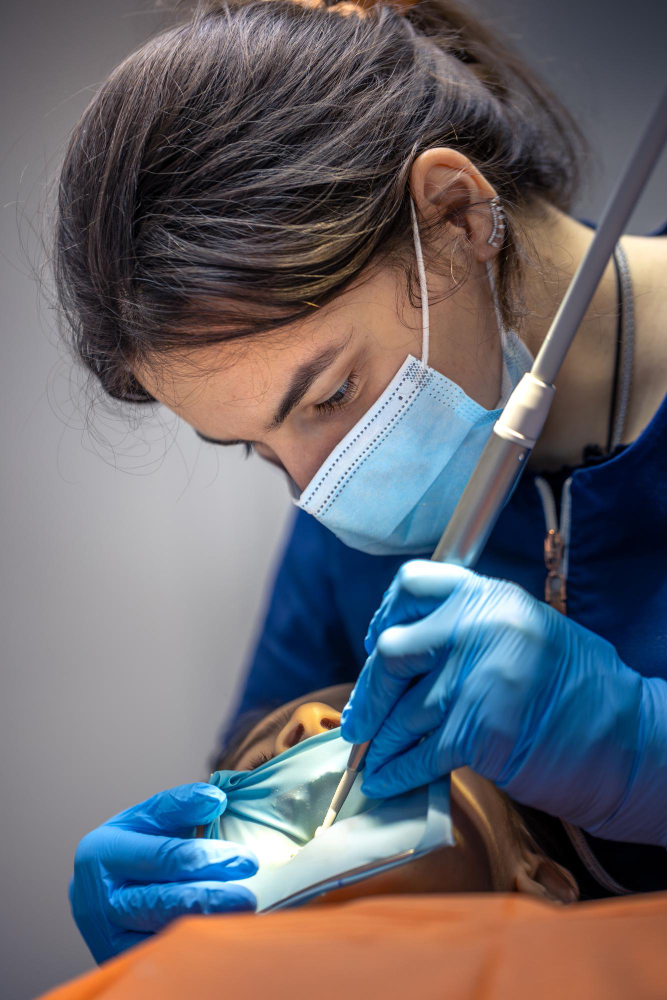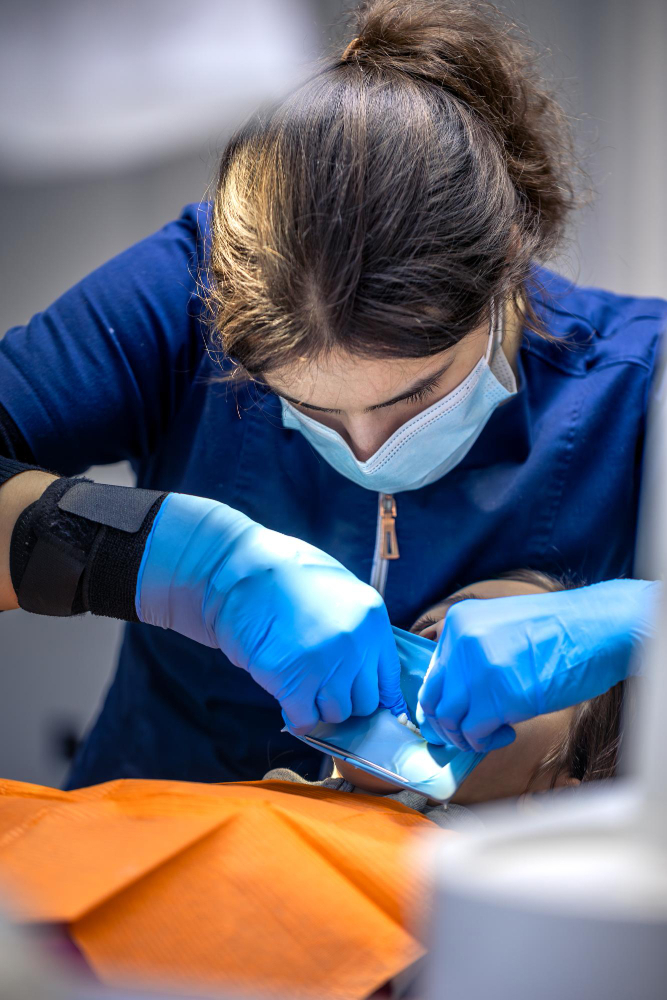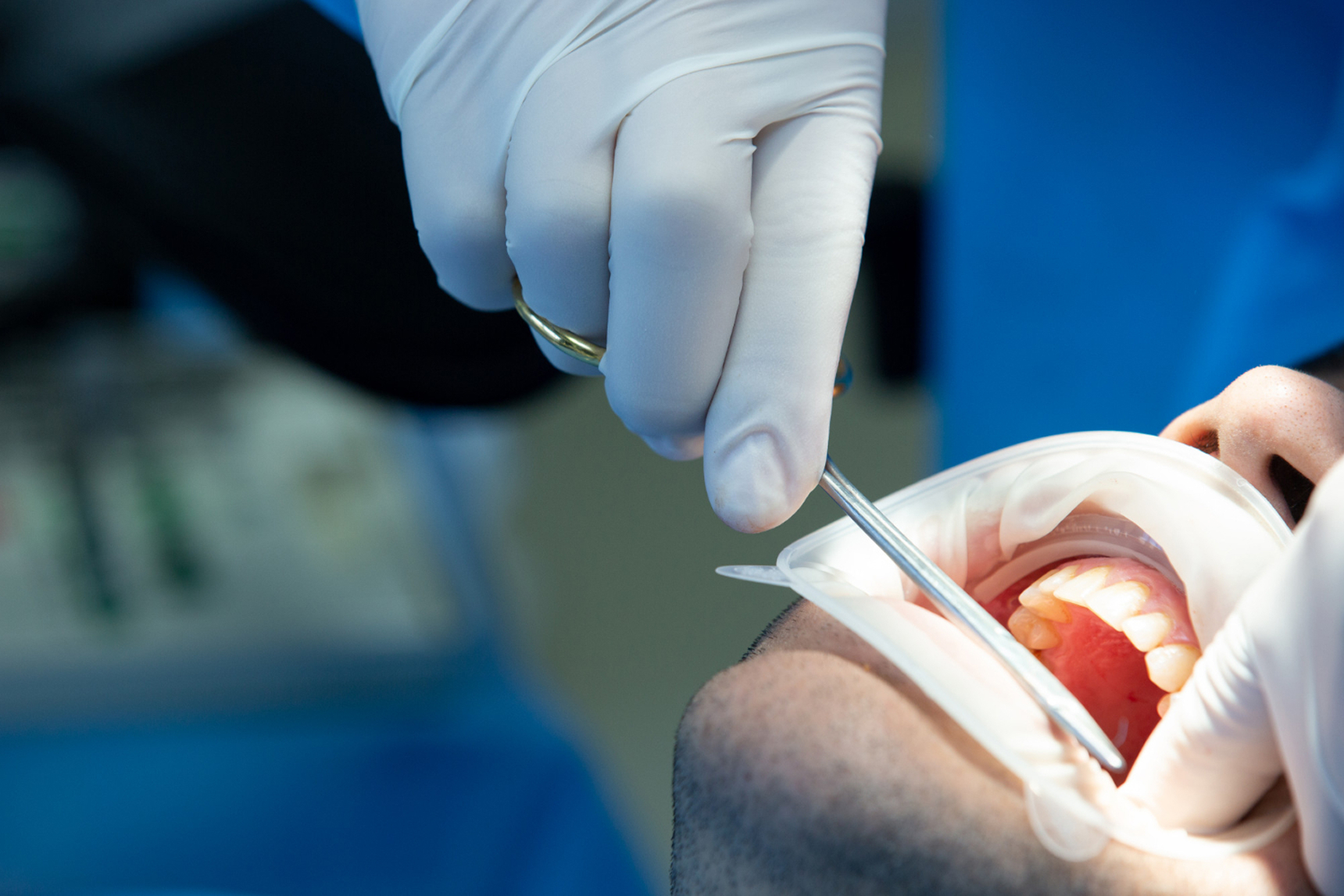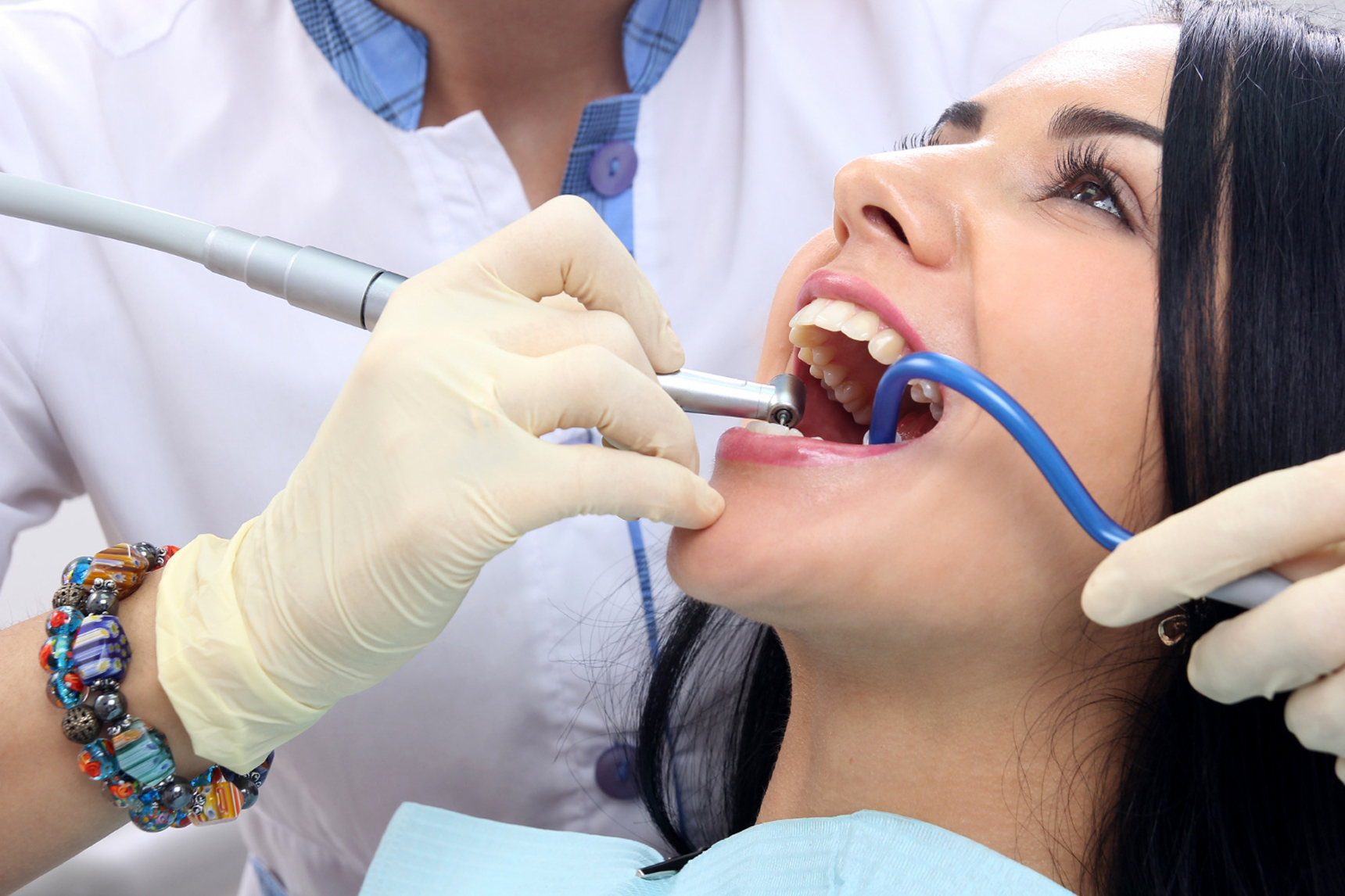

When decay or damage approaches the pulp chamber, complete removal of all infected tissue risks exposing the pulp. Pulp capping acts as a barrier, isolating the pulp from bacterial invasion and allowing reparative dentin formation. There are two primary types: direct pulp capping (when the pulp is exposed) and indirect pulp capping (when a thin layer of dentin remains over the pulp). The success of this approach depends on a clean environment, precise technique, and high-quality sealing.

1
2
3
Duration:
Number of Sessions:
Recovery / Downtime:
Pain Level:
Pre-Treatment:
Post-Treatment:
Immediately, the pulp is protected from further irritants and the tooth is sealed. Over time, a reparative dentin bridge forms, strengthening the pulp barrier and preserving tooth vitality.
• Irreversible pulpitis or symptomatic pulp disease
• Pulp exposures larger than a few millimeters
• Untreated periapical infection
• Poor restorative seal or inability to isolate the field
• Depth and size of exposure
• Type of capping material used (e.g. calcium hydroxide, MTA)
• Complexity of final restoration




